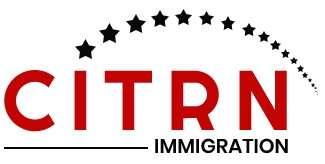
Programs to Help Refugees Claim Protection from In and Outside Canada
Programs to Help Refugees Claim Protection from In and Outside Canada
Programs to Help Refugees Claim Protection both from inside and outside of Canada
Canada is unique around the world as a model country compared to other nations when it comes to the protection and asylum of individuals who are likely to face persecution, war, or any form of violence. In both within-Canada and abroad approaches, there are various programs in existence to support the refugees as they seek protection and re-establish life in a safe way. Such programs significantly open up pathways for the flight of the refugees and the resettlement process.
Here are the core programs where a refugee may apply for protection inside or outside of Canada.
Refugee Protection from Inside Canada
- Inland Refugee Claim Procedure
The refugee, already in Canada, can claim protection if they are likely to be persecuted, will suffer from violence, or their human rights will be violated, upon returning to their country of origin. The process begins at the inland refugee claim, wherein an application must be filed with either the CBSA or the IRCC. - Refugee Protection Division (RPD):
The Refugee Protection Division of the Immigration and Refugee Board is tasked with hearing and determining the majority of refugee claims made in Canada. Following a claim, refugees are booked to appear before a hearing at which they will be required to provide proof that they need protection. Successful applicants will be accorded protected person status, which can lead to permanent residency in Canada. - Legal Aid and Support Services:
Inland claimants are entitled to legal aid services to help them navigate the sometimes labyrinthine process of claiming protection. Settlement organizations, in addition to housing refugees and providing them with housing assistance, counseling, and language training, are supporting the integration of refugees into Canadian society as easily as possible.
Refugee Protection from Outside Canada
- Resettlement Programs
For those refugees who are out of Canada and who require protection, the country has resettlement programs that will help them find their way to Canada by safely transporting them here. - Referral Through United Nations High Commissioner for Refugees (UNHCR)
One of the most common ways that refugees are resettled in Canada occurs through referral from the **United Nations Refugee Agency (UNHCR)**. It works with the authorities in Canada to identify vulnerable refugees who are in refugee camps or in war-torn countries for referral for resettlement in Canada. This program comes as a timely intervention for persons and families who could not return to their homeland. - Private Sponsorship of Refugees (PSR) Program:
Private Sponsorship of Refugees (PSR) Program : Private citizens, groups, or organizations may sponsor refugees residing outside Canada for admission to Canada. Sponsorships are responsible for financial and settlement support up to one year after the refugee arrives in Canada. These elements include housing, food, clothing, and other essential aspects of settlement. It has been very successful in bringing thousands of refugees into Canada through community-led efforts. - Joint Assistance Sponsorship (JAS):
The Joint Assistance Sponsorship (JAS): This is for refugees who have special needs, be it a medical condition or were traumatized by war. Under this program, the Canadian government shares the financial and settlement responsibilities with private sponsors to ensure the refugee receives the appropriate support.
Resettlement Assistance Program (RAP)
The Resettlement Assistance Program (RAP) is a program of the government wherein resettled refugees to Canada are assisted. RAP would put up refugees with temporary accommodation, orient them in life in Canada, and provide funds to pay for pressing needs, such as food and clothes, upon arrival. RAP is available to both refugees referred by UNHCR and those who came through private sponsorship programs.


Looking for safety and a fresh start in Canada?
Explore refugee sponsorship programs and begin your journey to a new life.
Contact us today for support and guidance.

